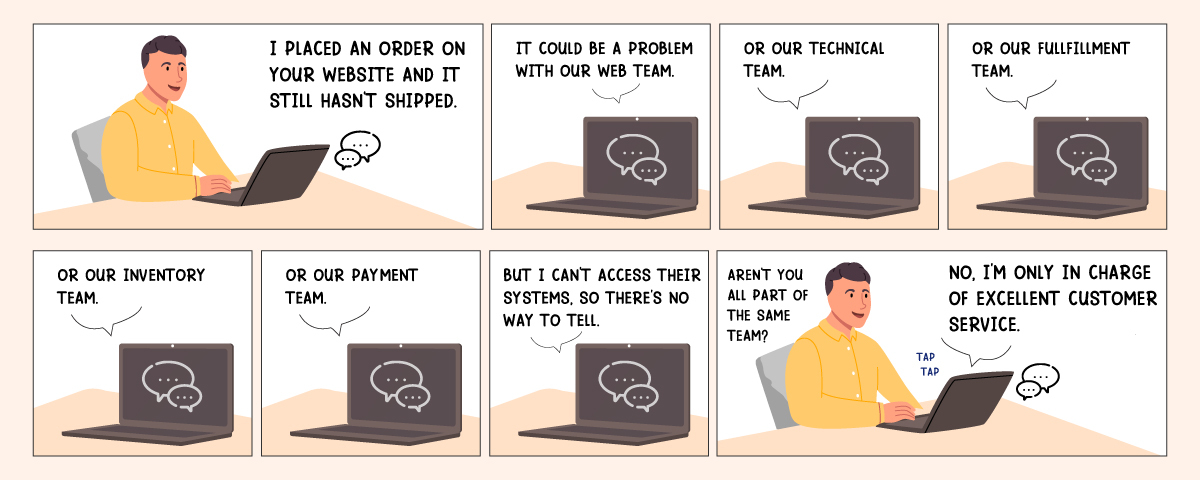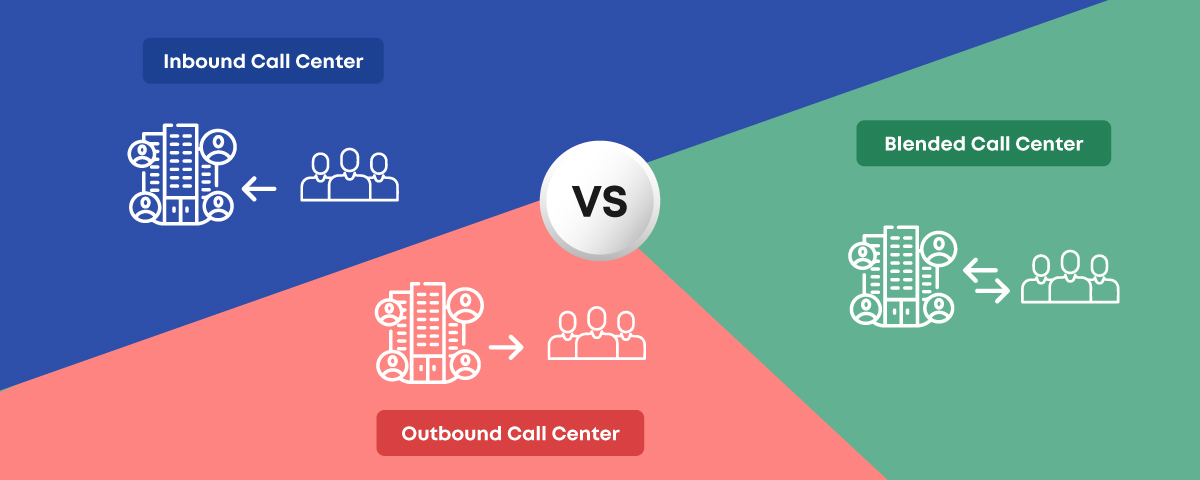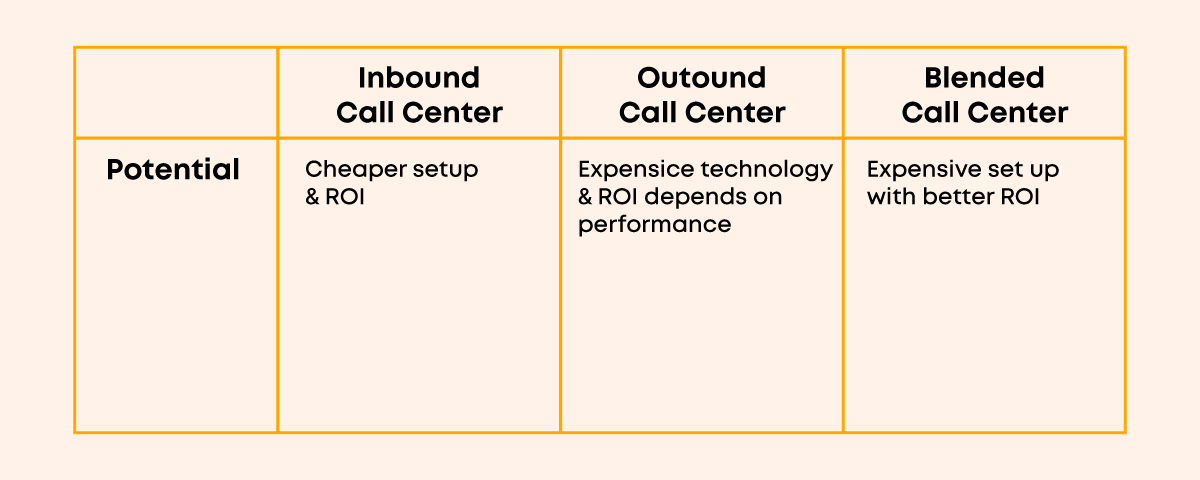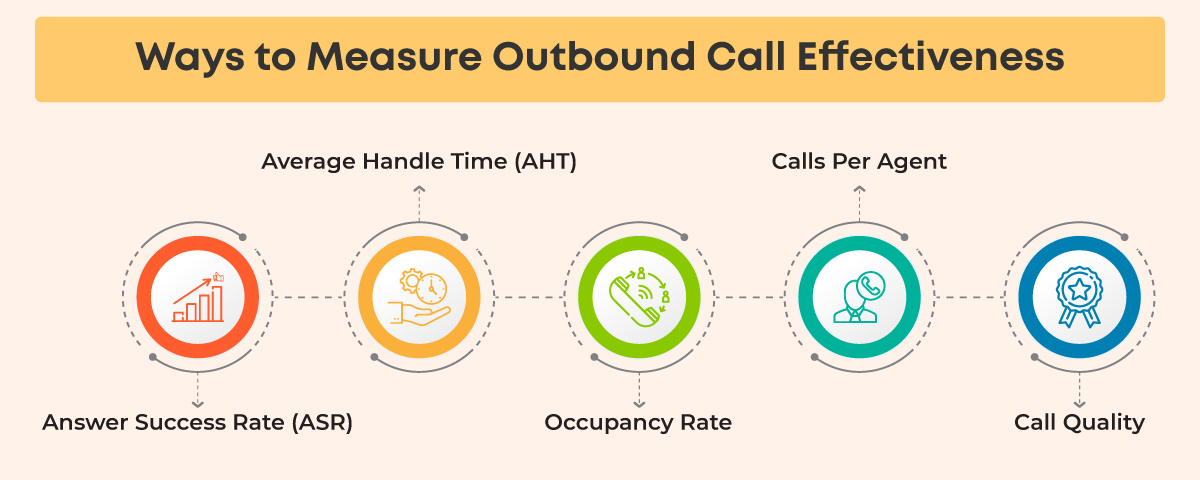Quick Summary: Even with the increasing social media and texting platforms, calling it the most preferred point of contact for the customers. Avoiding application fatigue, getting quick resolution could be a few of the many reasons for it. But do you have suitable systems and people in place to manage the calls? Let’s find out. We have broken down the most common call-center types and their benefits for you.
In a world of chatbots and email, you might guess that shoppers today rarely call businesses. However, the opposite is true; the phone is still the most common tool customers use to resolve issues with the company.
92% of all customer interactions happen over the phone and hence it plays a big role in business.

How is the percentage this high? Are the AI chatbots and emails not working? Well, those platforms do their fair share of work, but the app fatigue is for real. So customers often prefer getting in touch quickly via calls.
This is what brings us to the company’s take on managing the calls. A dedicated call center department is the most critical communication touchpoint in the virtual world.
Are you now considering investing in top call center software? First, let’s learn about the different types of call centers and how you can find the right fit.
Types of Call Centers
1. Inbound call center
2. Outbound call center
3. Blended call center

An inbound call center, the outbound call center, and a blended call center have considerable differences in the purpose, nature of work, challenges on the field, and more. So let’s dig a little deeper into each one of them.
Inbound v/s Outbound v/s Blended Call Center
Just as the name explains, an inbound call center primarily caters to incoming calls. Inbound call center receives calls from the clients, support teams typically overcome client’s issues or queries.
Similarly, an outbound call center helps you with outgoing calls. For example, outbound call centers call their clients to sell the product, market research, or take the survey.
Whereas blended call center agents handle both inbound as well as outbound calls. Depending on the contact’s priority, the agents can flexibly switch from customer service tickets to sales for greater customer satisfaction.
Call blending technology, used in a blended call center, is an automatic system that eases a call-center agent, saving time and ensuring maximum availability. For example, handling inbound and outbound calls required the call center agents to manually change their system settings which consumed a lot of time. Call blending technology helps to get rid of this process.

Benefits of Inbound Call center
If you are planning to start the business, you must invest in an inbound call center solution. With customer-centricity being the core of success today, customer satisfaction should be the company’s primary goal. An inbound call center solution helps clients meet their needs at ease in a time-effective manner.
Furthermore, it prioritizes call center representatives’ customer services. By engaging with the customers, businesses ensure that their customers are well taken care of. In addition, a happy customer is the greatest advertisement.
It improves the productivity of your call center, as every incoming call is a chance to accelerate the sales towards increased revenue, which, in turn, helps to grow business.
An inbound call center team will effectively regain customers back to your brand through customer surveys and other outreach initiatives.
It also helps you successfully deliver IT support and after-sales assistance round the clock.
As inbound call center solutions are more focused on customer service and deal with huge volumes of incoming calls, integration with good IVR software is a must for them.
To sum it all up, an inbound call center solution is a primary set up a business must invest in. It creates a sense of trust amongst the customer.
Benefits of Outbound Call Center
An outbound call center has established itself as a brand by providing the best quality services and professional standards worldwide over the years.
With the right outbound calling software, you can assist the customers at their preferred time and utilize the service to keep them posted about your offerings.
Furthermore, it helps to study the market well and better understand their clients and customers.
Want to know if your outbound call center is heading the right way? Measure and evaluate your effectiveness. Here are a few measures you can start with.

Outbound call center solutions accompanied by well-trained and experienced representatives are an excellent source for lead generation.
Focusing more on lead generation, outbound call center solutions yields better results when tied up with a powerful CRM.
Above all, when customers receive quality customer services, they feel that the company respects their time, they feel valued, and their loyalty automatically aligns with your brand.
 Supercharge Your Sales Game! Discover proven strategies to boost your outbound lead generation
Supercharge Your Sales Game! Discover proven strategies to boost your outbound lead generationBenefits of Blended Call Center
This is the best possible way to show that you support two-way communication. But each solution comes with its own set of pros and cons. So let’s talk about the benefits first.
A blended call center solution assists a team of highly skilled agents in handling both inbound and outbound calls.
Any booming business is a company culture that implements and promotes collaboration across the entire organization.
Furthermore, a blended call center solution increases productivity by promoting efficient features and utilities. Features such as automated call distribution and custom call tendency allow businesses to create operational protocols which boost productivity.
It ultimately helps you improve employee satisfaction by immediate answering calls, decreasing wait time, and better customer experience.
Picking on the con – this type of call center is the most expensive and more suitable for larger businesses with enormous call volume.
Now that we know all three models’ differences, strengths, and weaknesses, let’s learn their role in one of the most crucial functions in the business ecosystem – Lead Generation.
: What is Average Speed of Answer (ASA) in Call Centers?
Role in Lead Generation
Inbound call centers generate leads by the firm’s unique website designs and layout and by solving queries and sharing ideas through blogs.
Outbound call centers generate leads using personalized emails, let customers work with referrals, and use better b2b data to reach the right client.
Whereas, a Blended call center solution helps generate leads by having two-way communication, chat capabilities, and promotes collaboration across the entire organization.
Overwhelming, is it? We get it. All the call centers are unique, and picking the right one for your business must be difficult. We have listed down a few things to consider before you set your mind on one of these.
- What is your primary goal in setting up a call center? Lead generation, customer service, or other?
- What is your budget?
- What functions are more critical, and which type of call center do they resonate with the most?
Also, don’t forget to consider your company’s working model. Does your voice team prefer to work remotely? You’d want to pick software that empowers the overall remote processing.
This is a good starting point, but we are just a comment away if you need more information. Also, what are your thoughts on these different types of call centers?

Subscribe to our newsletter & never miss our latest news and promotions.








